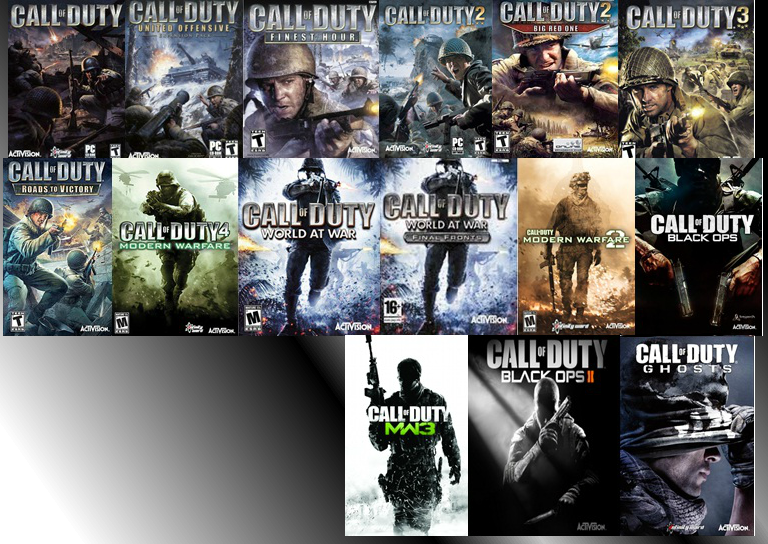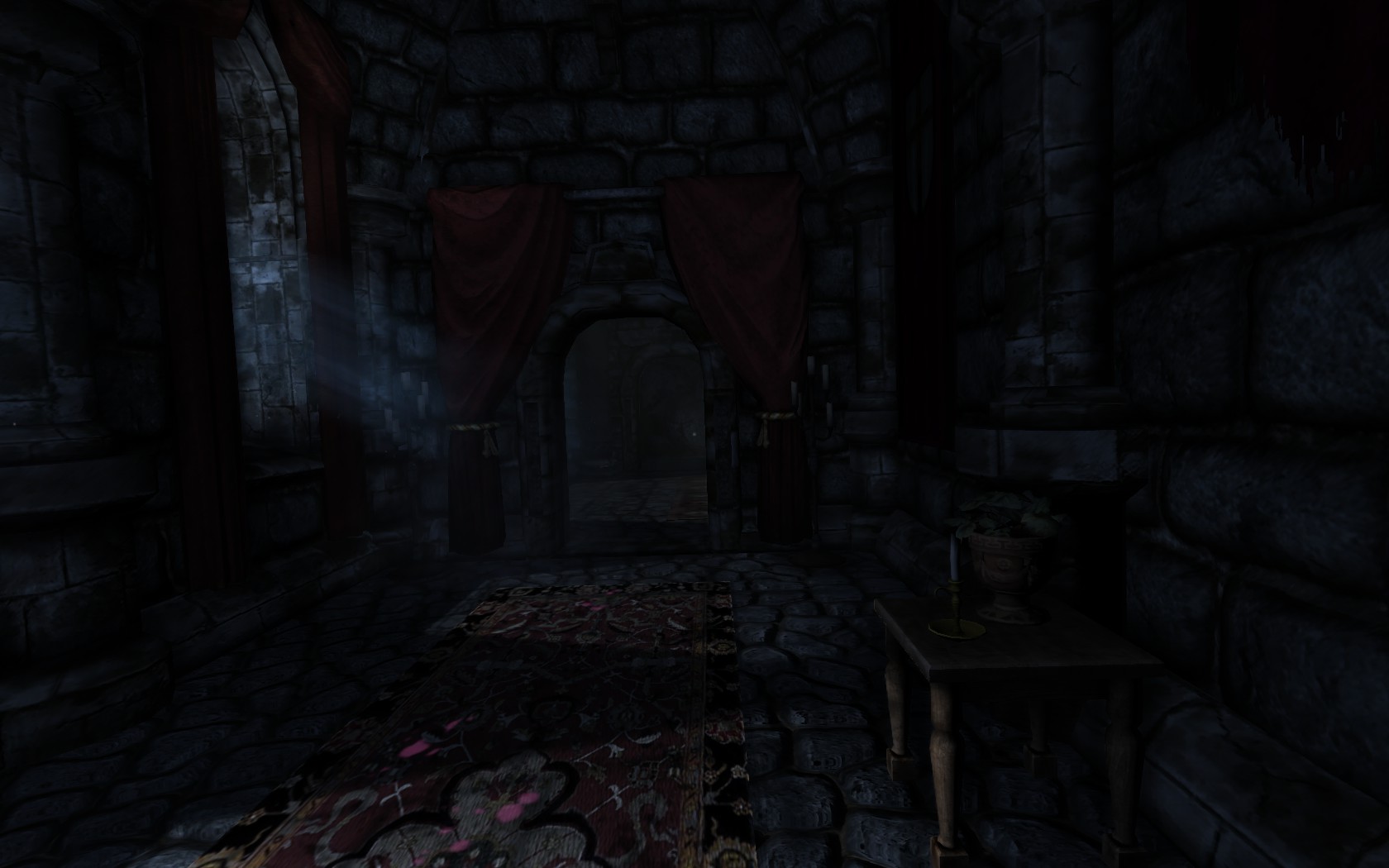It’s said that you never really can go home again. In fact, you can’t go back – you can never go back. But gamers always want to go back, it’s what we do. Remember back to the first time you played your favorite game. It’s easy to visualize the specific moments that have stuck with you. Those moments very likely changed how you see the digital world. It could be something as simple as getting your first piece of Triforce, or discovering what Kefka did. Maybe it was the gut punch that the last 10 minutes of Shadow of the Colossus had in store for you. Whatever you experienced was true in that moment, but that feeling, that specific fleeting moment will never come back. At the end of the day that is a dragon that we cannot and should not chase.
Yet that’s the unspoken agreement with a sequel. You will give it your time and maybe, just maybe, it will give you back those moments of wonder. But you can never go back, because you’re not the same anymore. Now don’t think that I’m getting all zen on you. I mean that in an actual psychological sense. The “you” playing the follow up is fundamentally different because the way you are consuming that media is different. So even though what you are doing is almost the same, the effect is has on you will be different because the process is different.
So let’s get into talking about process. When you play a game for the first time you are engaging in a couple of different mental processes. The first is the “Mastery Loop” and the second is referred to as the “Flow State.” These processes work together to make the first time you play a game a distinctive activity. The first piece we’re going to look at is the “Mastery Loop.”
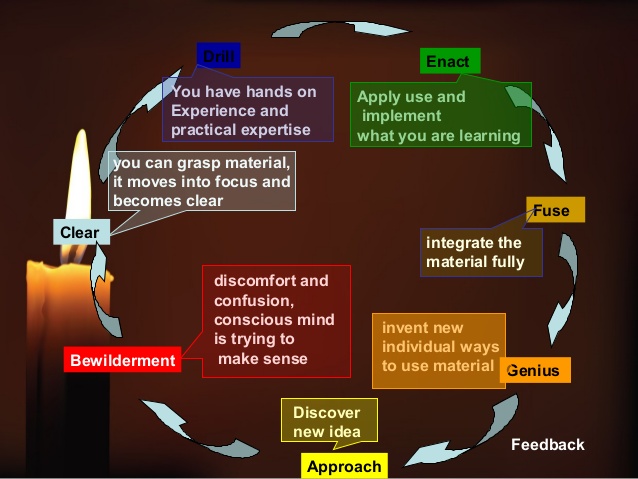
Let’s break this giant thing down and explain what I’m going on and on about. That chart is basically how any activity that you’ve ever done in your whole life works. Let’s start at the stage called, Approach. You get an idea, or your are struck violently between the eyes with a challenge. Maybe this challenge is something as dumb as, “Walking,” or, “Beating Diablo 3 on Torment 8,” or, “Need to operate a tank while schwasted.” The point is that you have a thing you need to do, and now you’vegot to go figure it out. This leads to the next step – Bewilderment, wherein you start having confused thoughts, ranging from, “Why do these mobs hit so hard,” to “This tank has a lot of controls and I think they’re in German bro.” This is natural, and beautiful and a normal part the process.
In games this triggers a slightly different feedback loop. Over at the blog Lost Garden, game designer Daniel Cook talks about what that feedback loop is. There he says that video games are, almost by their nature a “black box.” Or, you put in information, and you get a result but have no idea how you got to that. It’s like the tank analogy – lots of controls with possibly exciting outcomes, but you have almost no idea what any of them do unless you start screwing around.
Cook phrases it slightly differently as:
“The simulation contains public and private tokens and the causal rules that affect the states of the tokens. The player rarely knows all the rules and is highly unlikely to be able to instantly describe the complete possibility space described by the rules. The unknown portion of the simulation is a “black box” that the player must attempt to decipher.”
But part of the game is that the player must try to discover how that hidden rule works. I don’t mean that they need to know every single facet of the rule in play, but they will find a lot of uses for making it work for specific challenges. So for example, you’re playing Metal Gear Solid 5. That game is built around stealth. There are a lot of mechanics that use stealth in some way and these control everything from how enemies see you, to how they interact with you after the fact, and what circumstances they will react to. Using just Approach and Bewilderment, let’s play with a scenario.
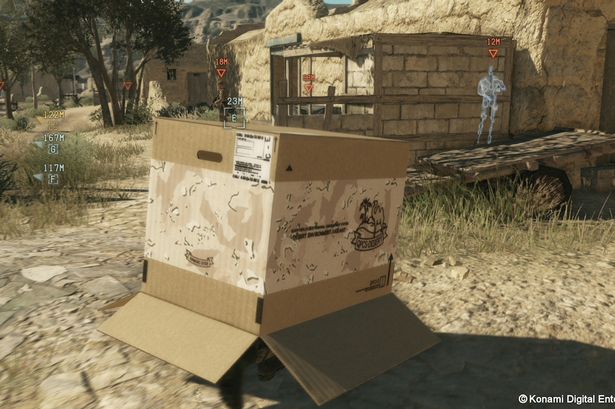
There’s a group of guards. For the sake of argument they’re Russian, because those were the voice actors that were cheap that day. Snake has a few options at his disposal – his tranquilizer dart, binoculars, his rifle and his sweet cardboard box. You approach the guards without using the binoculars, you get spotted, this noise happens, and then you get shot. In other words, you had an idea (the Approach), it sucked, and you got frustrated (the Bewilderment). At this point the whys and whatevers of how it all went to crap is just beyond your understanding. Figuring it out is next.
According to Cook’s idea, you start playing within that context and work out why you were spotted. The stealth mechanic must have rules that govern it, and part of the fun of these games is figuring out what those rules actually mean. So you hypothesize, and try again and again, slowly filling out out the map of your understanding. All of the mechanics in the game use this function, and the act of learning them is really fun. Basically, a lot of “fun” is directly related to this learning aspect. There is a lot of “fun” available in winning – but that has more to do with dominating the game itself, and you will quickly get bored with that given enough time and lack of challenge.
If you’re still playing, the next step is the “Focus” step. This is the part where you more clearly understand what the actual hell is going on. In this case, maybe you didn’t see that guard because you rushed in like a total noob and introduced Mr. Face to Mr. Russian Gunfire. So this time you pull out your binoculars and have a look around. Now you see the guards, and now you have a slightly better understanding of what is going on. This is important. Focus is where you begin to define the problem. You had an idea before during the Approach phase, but now after getting discouraged you have a better understanding of what you’re trying to do exactly.
“Drill” is the next part, and for action fans out there this is the part where you gain the ability to actually do your idea. For our Metal Gear example, maybe you need to tranq some dudes from cover. Since it’s a Metal Gear Solid game that is going to require 9 different button presses. During the “Drill” portion, you’re gonna get killed a bunch of times before you get the specific skills to do this on command. Some games are made almost entirety of this step. Ninja Gaiden is an example, since throughout it gave you a clear goal (fighting like a bad ass), but actually doing it on command was something that needed practice. Eventually the player will progress until their inputs could keep up with their brain. Going back to the tank, this is the part where you figure out the switches to make the cannon fire while you’re on the move – for both fun and profit.
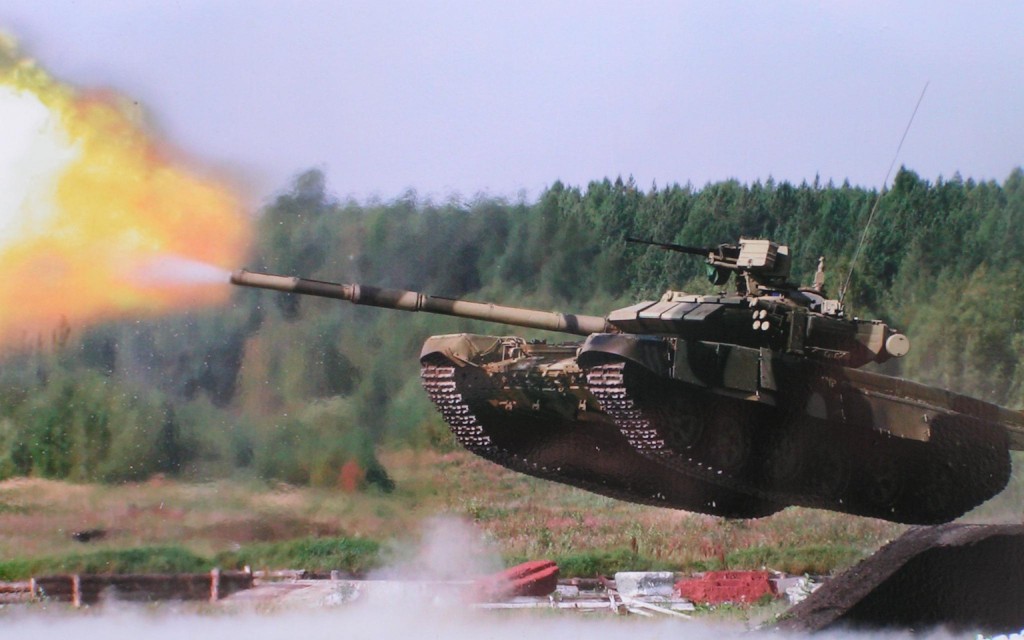
This step is followed by “Enact” where you start to apply what it is you have learned how to do. So now you have binoculars, you have a rough idea of how not to get seen and can fire your tranquilizer darts without sucking. So you sneak in and get to work on them Russians. Enact feels pretty good, and after you’ve dropped the first few, you begin to feel like a champ. So good that you decide that the, “Shoot the dudes with darts and stab them when they’re sleeping,” is a perfectly viable tactic. You are able to condense this down and it becomes part of the “Fuse” phase. Now the things you have learned are things you can do. So you keep on doing them.
You keep on doing them until you have a new idea like, “what if I hide in the box? Will that work?” That’s the “Genius” portion, and is the part where you get to feel all smart and shit. It’s a good feeling, and when it works out, it’s great. The thing is that the whole chart is a big circle. So you think about using the box, make a plan to use the box, and then immediately get killed by Russians because the box is a terrible idea. This starts the whole loop over again.
The thing of it is, every single step of this is really a lot of fun. With a really good game, even the part where you get murdered are great because you learn. A bad game will just make you feel stupid, and it will feel unfair because it killed you without giving you any new information. Regardless of what you know from school, learning = fun. At least for a little while. Eventually you have a firm enough of a grasp on the systems at play that you no longer learn a whole lot from every encounter. This is where you start having fun because of the Flow State.
What’s that you ask? Well, I’m glad you asked that perfectly rhetorical question, and I’m going to answer it anyway. The “Flow State” is when your every thought and action are one in the same. Another term that is thrown around is, “in the zone.” As gamers we have all been there – the moment where your thoughts become transcendent in the game space and that loop I described above happens so quickly that you couldn’t even break down the steps if you wanted to. When you’re in the Flow State, if somebody asks, “How did you do that?” you can legitimately answer with, “I’m not sure. I just did.”

This is useful for our topic because of what it takes to maintain Flow. If the game is easy, and you are bad at it or you don’t care, you will not get into the Zone. For example, nobody ever gets into Flow playing Candy Land. On the other hand, if the task is easy and you are awesome you get all bored and don’t care. This is the issue Uno has. Or if the game is super hard and you are bad you cannot establish the rhythm needed to enter the Flow, and instead will fall back into the Mastery Loop described above.
To really get into the Zone you need a challenge, and that challenge must be more or less equivalent to your skill level. Once you get there your brain gets into a turbocharged mode and your thoughts and actions merge. It is spectacular and one of the beast reasons you have to truly master anything. Well, that and feeling like a boss. In games, once you have more or less figured out the systems the designer then needs to keep up with your skill set. The balance of these two forces is referred to as the Difficulty Curve. In other words, the difficulty needs to keep increasing over time, since the longer you stay in Flow the better you are going to get since in Flow you burn through the Mastery Loop at a vastly accelerated speed.
Alright, so what does any of this have to do with Sequels? Well, Sequels need to start that curve all over again. When they do they might kick you back into the Mastery Loop – unless you’re already mastered that particular skill. If that’s the case the player is just bored. They are not being challenged in a meaningful way and so the core “fun” is less than it was the first time. (By the way, this is one of the reasons that sequels to games add mechanics or new weapons – to give you something else to play with). The alternative is to make the sequel exceptionally hard so keep the same difficulty curve from the previous game. The original sequel to Super Mario Bros did this, and it had the side effect of making the game impossible to play for anybody who had not already mastered the game.
Yet, sequels will often outsell their originals. So what gives? I think that’s because you’re dealing with a different happy happy joy joy feeling – familiarity. Specifically you’re dealing with a process known as the Familiarity Heuristic. People, when given an option, tend to prefer what they know. This is true for things that they buy, to activities that they pursue and to a very large extent, how they figure things out (halfway down). There’s nothing wrong with this per se, in fact it’s a great evolution that we have in place. Out in the wilds of wherever it was beneficial for the ancestors to stay in the same places and eat the same stuff because the alternatives are possibly poisonous, full of lions, or both. That familiarity makes you feel good because it made your ancestors feel safe.
In games that familiarity presents itself when you pick up a sequel and characters, world and the game systems are almost all the same. All of the effort that you had before to churn through the Mastery Loop gets to pay dividends when you sit down with the sequel and just play comfortably. It’s possible that eventually the difficulty curve catches up with you, but that’s unlikely. Instead, like your ancestors you get to frolic in a field that you know is safe.
This of course, is the diametric opposite of what you had the first time you played a game. Then you learned constantly because you needed to, and that was fun. Then once you had the skills down you were kept at the edge of your abilities and entered Flow. With a good game you may have enjoyed being in the zone for hours at a time. The sequel, for all the fuzzies you may have for it, cannot give you that feeling. It never will. The 2nd time you fire the cannon on a German Tank, you will not have the same giddy excitement as the first. Coincidentally, if you’re getting really excited for this:
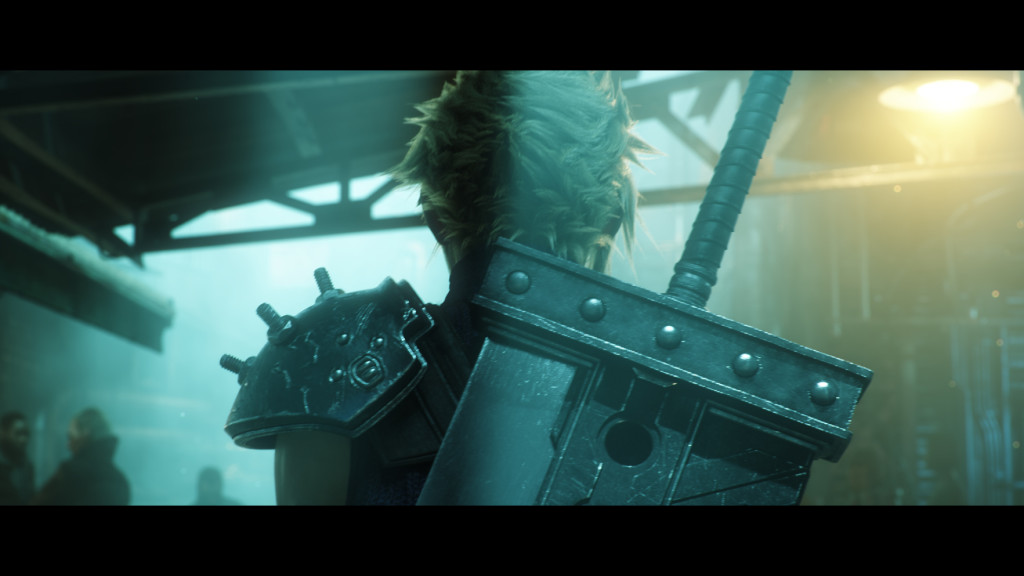
…you shouldn’t think that it’s going to be like playing FF7 for the first time. The designer Tetsuya Nomura knows this, which is why he is drastically changing the battle system. Then, maybe, a player has to learn something new along the way. If it was exactly as it was before, it would just be familiarity and fan service, and the fun of the Mastery Loop would nowhere to be found.
It’s said, allegedly, that a person cannot cross the same stream twice, and that’s true with sequels too. Even if you wanted to, you’re not the same. Instead, realize what that feeling was, and then recognize that it has nothing to do with feeling safe or enjoying the familiar. So how do you get that back? Well, the answer for that is simple dear reader – do something different. Remember that everything you like now you had to try at one point and knew nothing about. Yes, I know, being a neophile can be scary. It’s going to be an all new thing and you are going to get discouraged, and you are going to feel like you’re starting all over again but that is okay. To get that feeling, that adventure that you crave and that emotion that you’re hooked on it’s what you need to do.
So go find some new adventure, and put down the box with the “2” on it.

